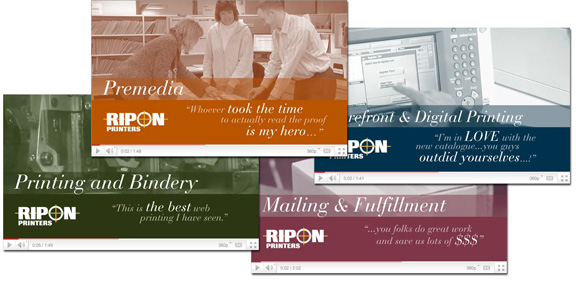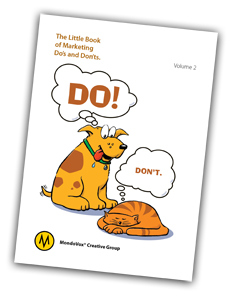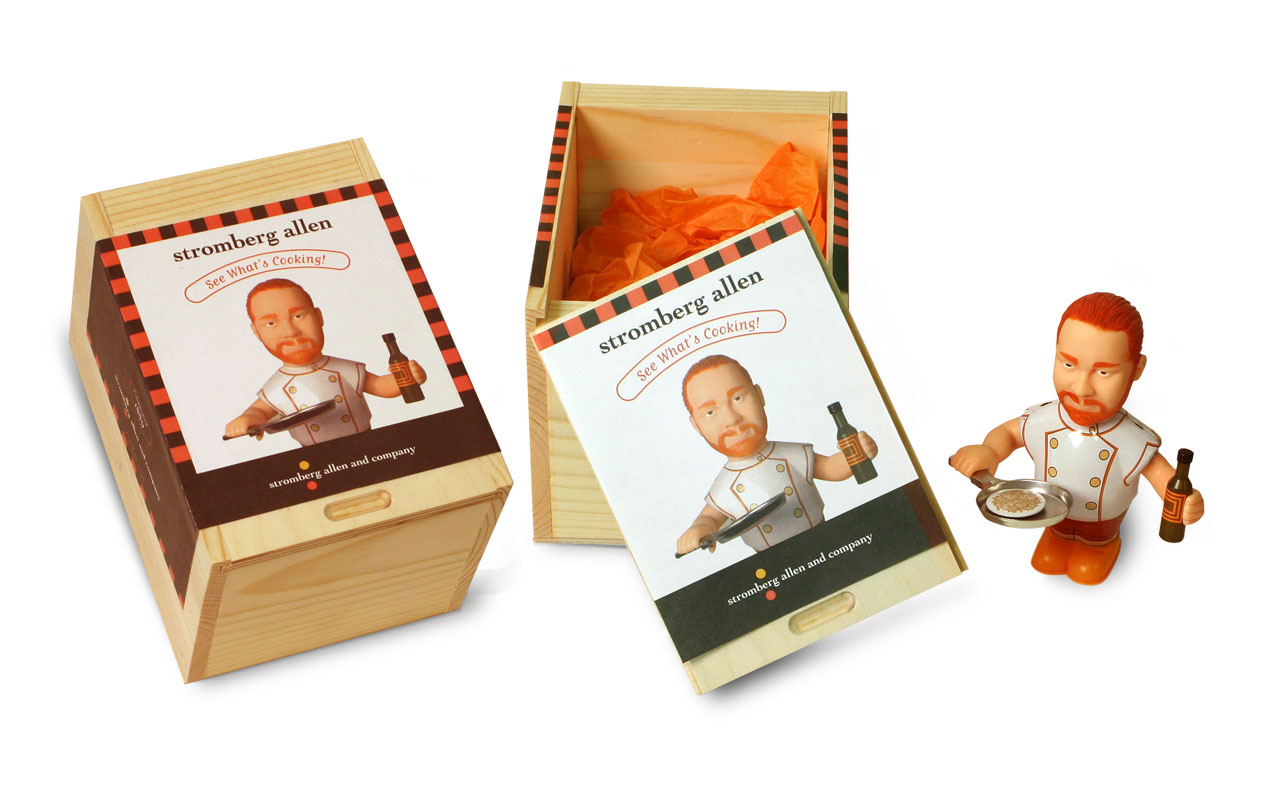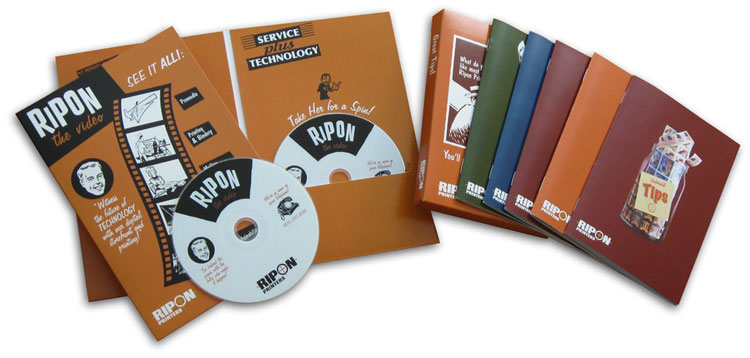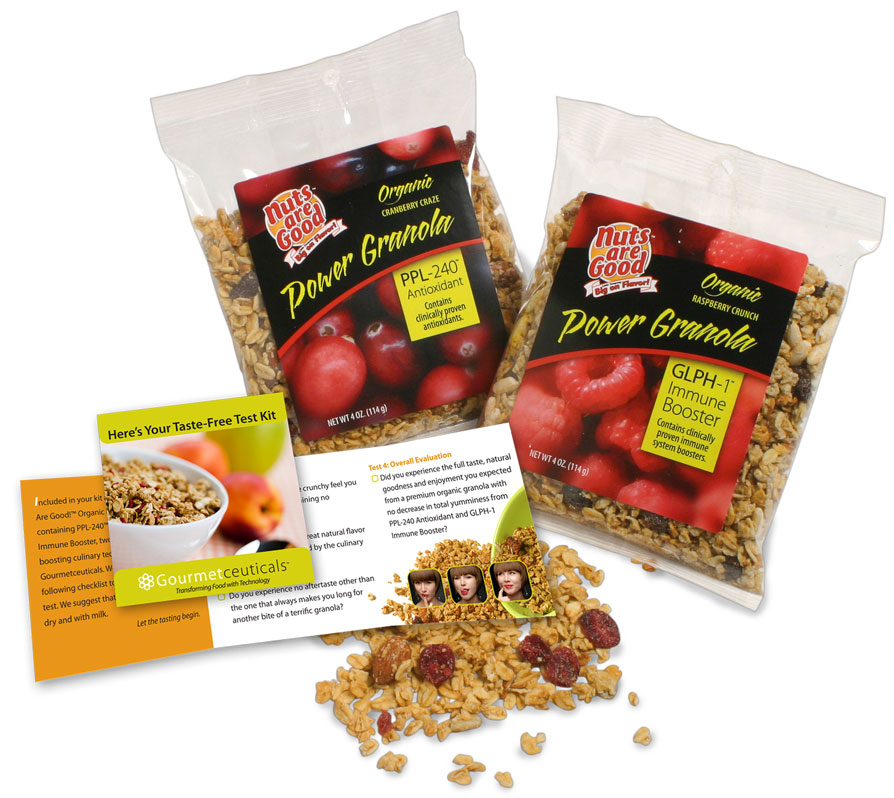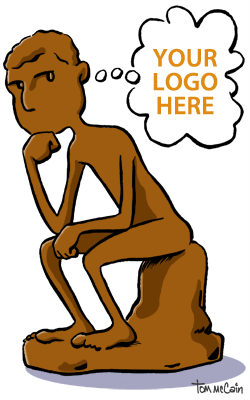 Video creation is really only limited by your creativity, communications expertise and production ability of your team, whether you’re creating a professional marketing video or a low-end social media style video. Most video software tools allow for the inclusion of graphics, sound tracks, specific brand colors and a myriad of special effects. Even though the tools may allow you to create exploding logos, flames, and wacky transitions, try to restrain yourself and use only techniques that support the brand. Using too much cheese can look rather… “schlocky” and even a little desperate. Talented video teams are able to find brand-appropriate ways of grabbing attention while supporting the brand personality.
Video creation is really only limited by your creativity, communications expertise and production ability of your team, whether you’re creating a professional marketing video or a low-end social media style video. Most video software tools allow for the inclusion of graphics, sound tracks, specific brand colors and a myriad of special effects. Even though the tools may allow you to create exploding logos, flames, and wacky transitions, try to restrain yourself and use only techniques that support the brand. Using too much cheese can look rather… “schlocky” and even a little desperate. Talented video teams are able to find brand-appropriate ways of grabbing attention while supporting the brand personality.
Tips for Incorporating Your Brand into Any Video.
Here are some video tips and examples that work whether you’re creating a high-end, $20,000 video or a low-end ad hoc video shot to share a quick-hit message on your company blog.
Graphics: The most obvious method for incorporating your brand into your video is with graphics, starting with your logo. Be cautious how you treat your logo and ensure its integrity is not lessened by any special treatments. Subtle logo treatments can include slight motion of a single element, having the logo enter from outside the frame or change color. Even incorporating a shine could work. Should you do all at once? Of course not. Choose carefully and wisely and don’t overdo it.
http://www.slideshare.net/JuliaMoranMartz/gourmetceuticals-corporate-video
Other graphics can be incorporated to ensure your video supports your brand’s style guide. Fonts, color fields, tables, graphs, charts and text like testimonials can be used in the same way as your printed literature. Stick to your corporate fonts and you’re already partway there. The only limitation may be if you’re creating low-end ad-hoc video on your PC or iPhone, you won’t have the same graphic capabilities that a professional video studio will have. That’s when you resort to the Web fonts listed in your brand’s style guide.
http://www.youtube.com/watch?v=jHZoAKn1uwc&feature=player_profilepage
Color: Color is incorporated into video in two ways:
- Graphics
- Scenes and people that are videoed
Adhere to color values from your style guide when incorporating graphics into your video and ensure they are applied appropriately. In the Ripon Printers video we created, each service area segment utilized the corporate color assigned to that service area: spice for Premedia, green for Printing and Bindery, burgundy for Mailing and Fulfillment, etc. Likewise, use these colors in graphics used in your video.
Color can also be used to provide brand cohesion when filming people, places and things for your video. For instance, all the employees interviewed for the Ripon Printers video were instructed to wear shirts that reflected the four corporate colors. No other colors were allowed. This kept everyone looking like a cohesive team.
Imagery: If you need stock images to convey specific messages, try to use images that are consistent with your brand look and feel. It’s also good to steer clear of clichés like shaking hands and obviously young models conducting important meetings. We always try to use shots of people who look authentic, not so pretty or handsome that they’re unbelievable.
http://www.slideshare.net/JuliaMoranMartz/gourmetceuticals-glph1-video
Keep in mind too that you can use still photographs to great affect in a video. There were some instances when shooting the above Gourmetceuticals video where shooting with a still camera was the only option because of the plantation’s terrain. But by incorporating subtle motion with still shots, it still works.
Sound: Just as there are royalty-free and rights-managed stock images, there are many libraries of sounds for video production. There are different types of sounds used in video:
- Introduction background.
- Transitions between segments.
- Closing background.
- Brand punctuation. (Remember the simple jingle associated with Intel’s “Intel Inside” campaign? Or NBC’s 3-note jingle?)
If you’re creating a series of videos over the long haul, consider incorporating the same sound into the files. This becomes another feature that customers will learn to recognize as your brand.
Script: If your video is professional quality, of course you’ll have a scriptwriter on the team. This is not a standard copywriter, but rather someone who understands flow, audio, and most importantly, the spoken versus printed word.
If your video is just you or you’re shooting at a trade show, you’re less likely to have a formal script. But that doesn’t mean you shouldn’t at least draft your points and practice speaking first. Remember, while creating friendly, social-media oriented videos is affected by the tools you use, your comfort in front of the lens and your friendliness are going to affect the video’s success more.
Tools for Ad Hoc Videos.
Even the tools for shooting on-the-fly, low-end videos range in price tag from $100 to hundreds of dollars. But if your goal is to simply capture a quick moment at a trade show or share a quick thought on your blog, your iPhone or camera built into your computer will do the trick without a lot of fuss. Of course, limit the length of these type of low-end personalized videos. Their purpose is different from the polished video you hand out on DVD or post to your website.
iPhone: This is the easiest, while the mic on the phone itself leaves oodles to be desired. When shooting someone else, you can easily use the mic on the ear buds to get much better results. @jonathan360 created a great sample video to show you the difference when shooting with background noise.
You can also purchase several external mics that offer various quality options. Here’s a quick video from @DizzyDougTV comparing three models of mini-mics that ranging in price from $15 to about $100.
http://www.youtube.com/watch?v=Bb99J8Lfl_Q
Consumer Flip Cameras: Now if you want to do an even better job but still don’t want to spend time scripting and shooting a pro-level video, my pal Heidi recorded her review of the Flip Ultra HD versus the Kodak Zi8. Yes, it means another gadget to haul around, but these models are a step up from your iPhone’s capabilities. Heidi points out the pros and cons of each in her quick video shot from her computer.
Before Hitting Record.
Remember that whether investing in a high-end production or a low-end recording, don’t lose sight of your brand. Even if you’re shooting low-end, remember to incorporate appropriate colors, sound and graphics. Most of the consumer-level tools allow you to at the least add your logo without flames ;-) and control transitions (don’t give your viewers a migraine, eh?)
But primarily, I’d like you to consider both types of video and use them where appropriate for your customers.
By Julia Moran Martz
Check out additional videos from folks referenced in this article:
The Big Fish — video production studio that created our Gourmetceuticals videos
Absolute Vision Productions — video production studio that created our Ripon Printers videos
Heidi Thorne, Promo with Purpose — Master of all things promotional
@jonathan360 — photographer
@DizzyDougTV — technical guru
